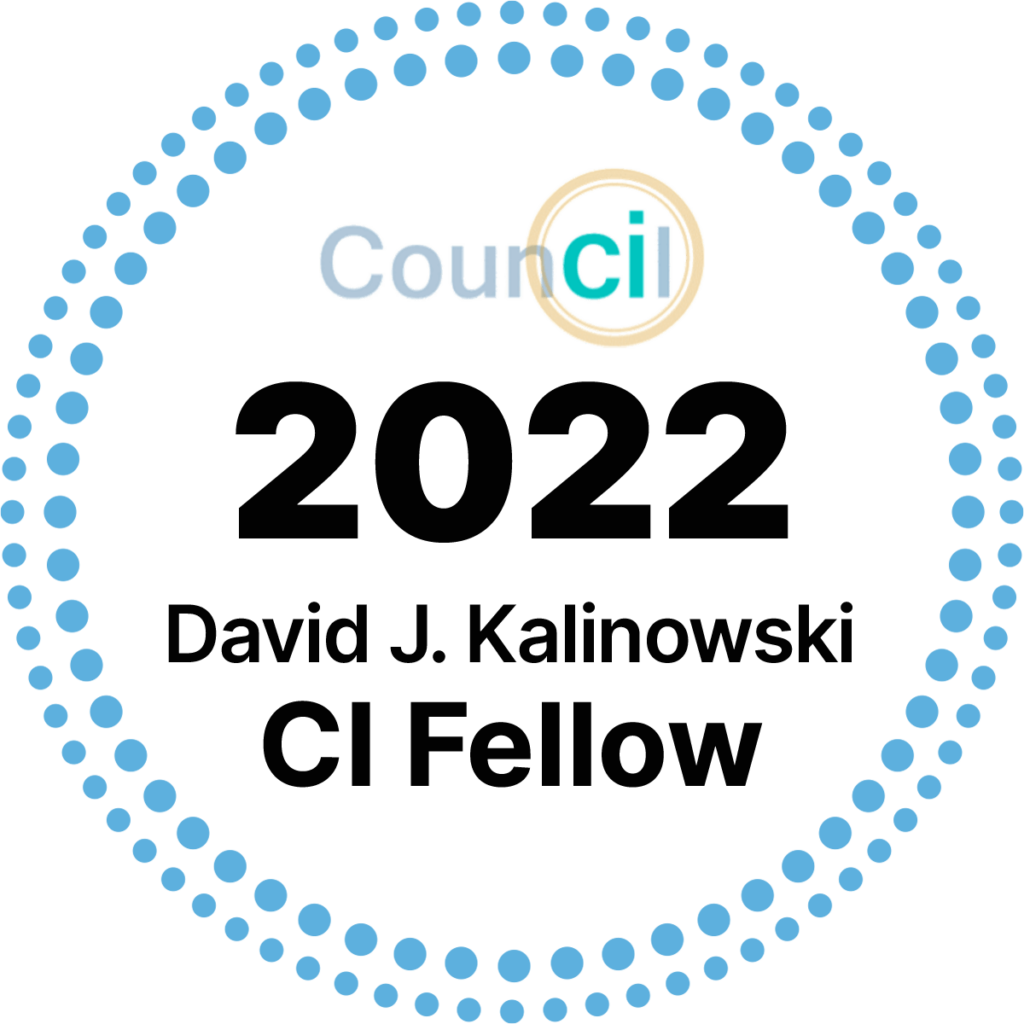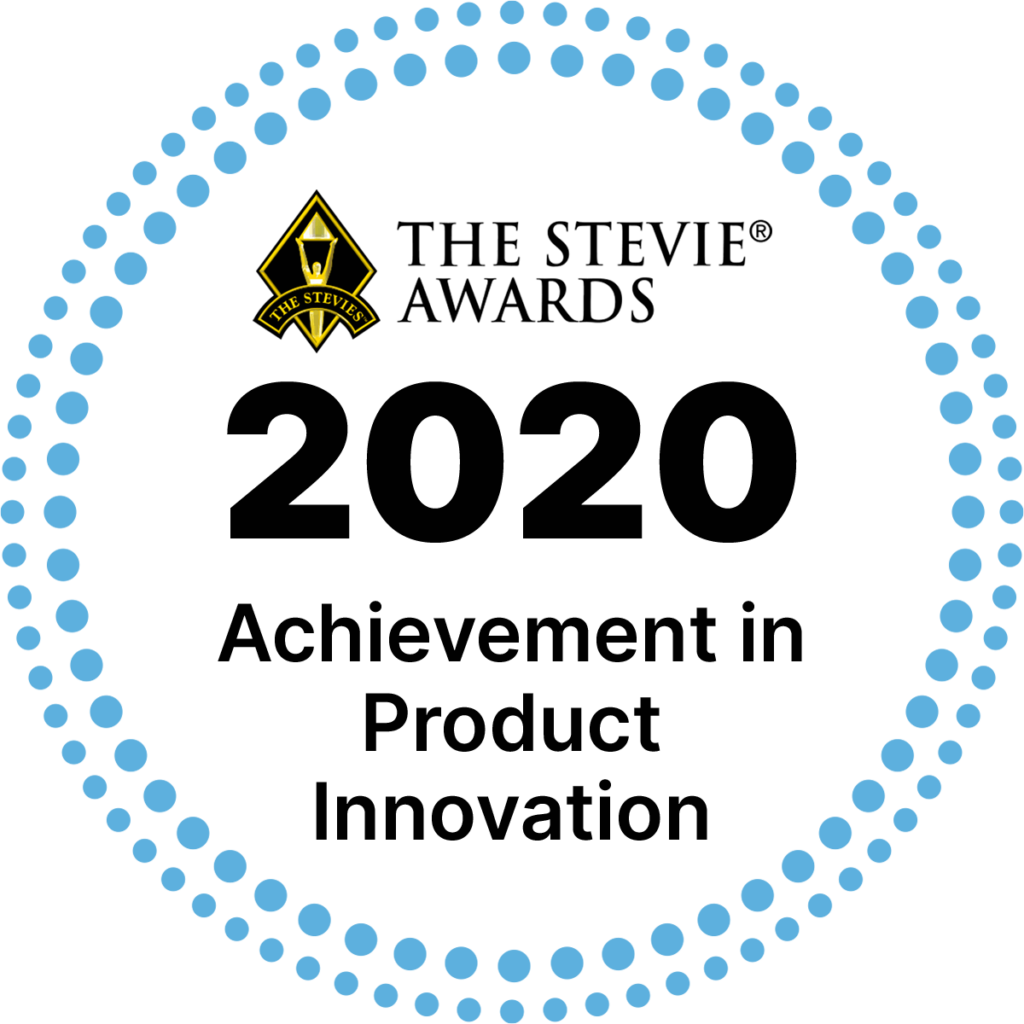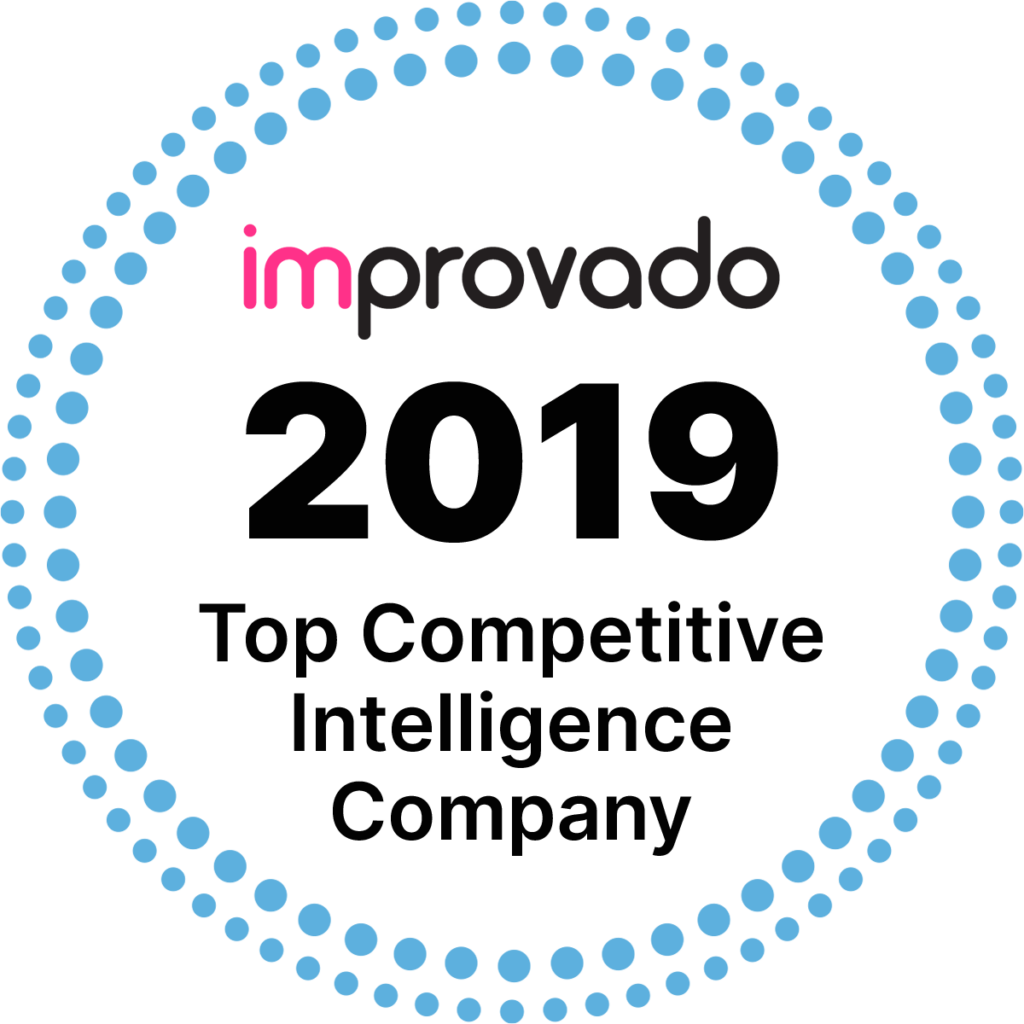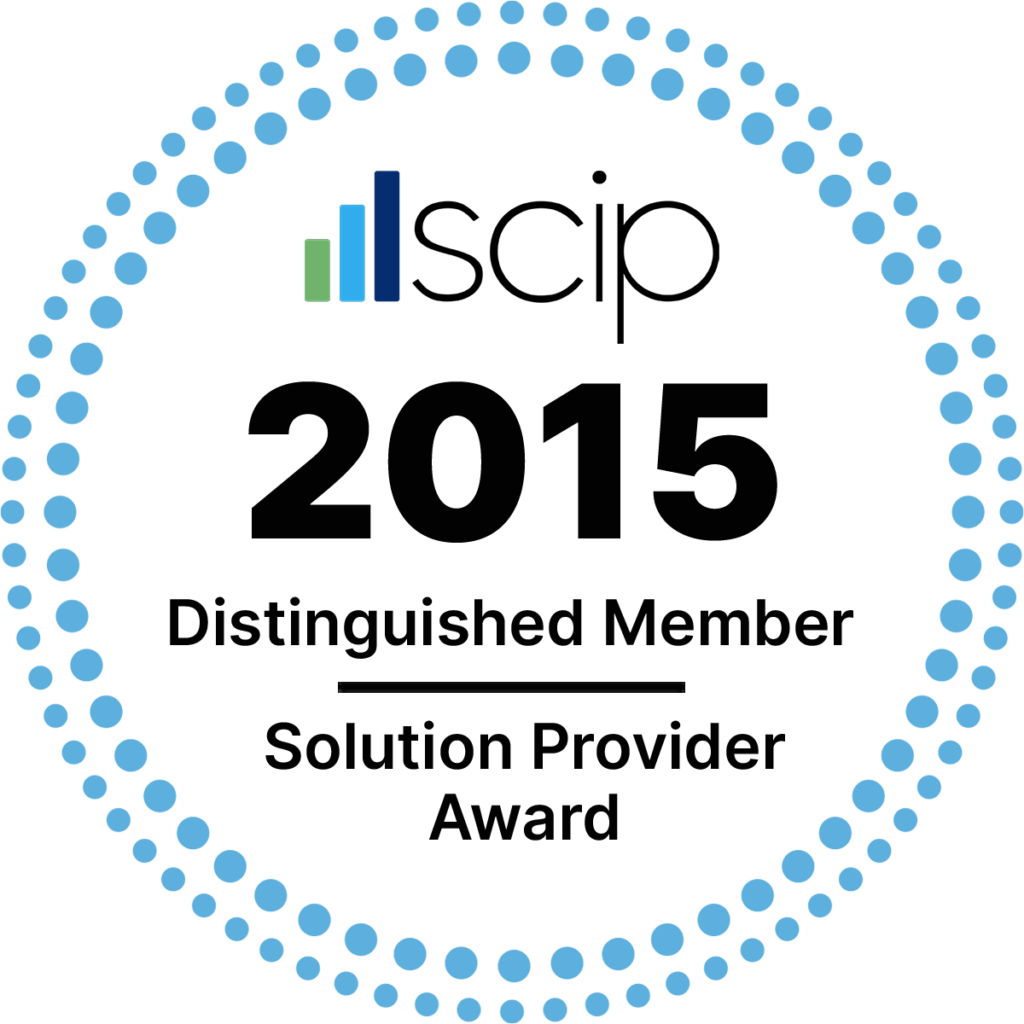
Chad Hinkle
Engagement Manager
Proactive Worldwide, Inc.
Published: December 5, 2023

Customer interviews are the only way to truly understand a business customer’s perspective accurately and reliably. Conducting successful interviews with B2B audiences requires careful planning of a discussion guide that will be used during the interview. Here are four best practices we have learned after conducting thousands of B2B interviews over the last 30 years.
1. Timing is Everything:
The success of engagement often lies in its brevity. Anyone you talk with as a respondent in B2B Voice of Customer research is a professional with a busy schedule. Across industries, respondents consistently only have a maximum of ~25 minutes they can free up in their schedule to be in a 1:1 interview. Therefore, your discussion guide needs to be well planned so you get through your questions in about 20 minutes, so you have about 5 minutes of extra time in case the respondent is late or has much to share in their answers. Three areas to focus on to help you keep your discussion guide to about 20 minutes for a 1 on 1 interview are:
- Brevity: Ask fewer questions but keep them open-ended to let the respondent tell you what is most important to them. For instance, ask, “What 2 or 3 parts of the sales process with the provider stick out the most to you?” instead of asking multiple questions about small parts of the sales process with the provider. Follow up this question with the probe: “What leads each of these 3 things to stick out to you?” to collect the reasons why these three parts of the sales process did or did not work.
- Prioritization: Front-load the discussion with the most crucial research questions. For instance, ask, “What 2 or 3 parts of the sales process with the provider stick out the most to you?” as one of the first questions in the discussion guide. You get the most essential information you need from the respondent right away and will not have to scuttle the interview if the respondent has to stop the interview earlier than planned.
- Practice: A mock interview with a colleague can unveil time leaks. It’s like a dress rehearsal before the grand opening.
2. Setting the Success Scene:
Anyone you interview in B2B Voice of Customer research is used to going into meetings where the meeting organizer lays out an agenda of what needs to be covered in the meeting. Following this same pattern in your interview will help the respondent clearly understand what you are looking for in the interview and help focus their answers to meet this objective.
- Relevance: Explain, “The goal of this research is to find ways for a company providing this service to improve their relationship with you and your company. This relationship often starts with the sales process.”
- Transparency: For instance, “Today, my job is to understand what is and is not working for you in the sales process you went through with the providers of this service so they can make the sales process work better. Everything that stuck out to you in either a good or a bad way is extremely helpful information for me to collect.”
- Honesty: If it is possible, tell the respondent how the research will be used so they can keep the end goal in mind when answering your questions. Say, “The findings from this research are going to be used to make changes to the sales process and better train the sales staff.”
3. Open-ended Questions:
Asking open-ended questions is the only way to collect unbiased information from respondents. Subtle variations in how questions are worded can completely change respondents’ answers during an interview. Crafting each question to give respondents room to think and push back will help ensure the information gathered during the interview is accurate and reliable.
- Giving An Out: Questions should be written so the respondent can tell you if what you are asking them about is important to them or not. For instance, many discussion guide questions are written like this, “How important is it to you that the provider has a senior salesperson on every call?”. Instead, the question should be asked in a non-leading way. For instance, “Does the title of the salesperson you are talking to on the calls you are having with a provider matter to you or not?”
- Probe To Understand: It is tempting to use the word “why” as a probing question to understand a respondent’s logic. Unfortunately, we are most used to hearing the question “why?” when someone is challenging us rather than seeking to understand our logic. Asking “why?” to respondents can push them to defend their answer rather than provide you with the logic behind it. Instead, the probing questions, “Can you please help me understand what is leading you to give this answer?” or the simple one-word question, “Because?” can help you understand the respondent’s logic and not put them on the defensive.
4. The Funnel Framework:
The discussion guide needs to start with the broadest topics you are going to cover and work its way down to the most pointed questions coming at the end of the interview. Structuring the discussion guide this way makes the interview more comfortable for the respondent. It helps you to not bias them by asking pointed, tactical questions at the start of the interview.
- Logical Progression: Start with, “Thinking across all of the interactions you have had during sales processes with companies providing this type of service, what 2 or 3 things have you experienced that most lead you and your company to want to work with a provider?”
- Transition To Tactics: After asking these general questions, get into the tactical questions. Make the transition into these tactical questions easy for the respondent to follow. For instance, “You have given me great information on the best practices of the sales process for providers offering this type of service. I would like you to focus on the process you and your company went through to schedule your first call with your current provider. What, if anything, most stuck out to you about this process in either a good or a bad way?”.
Conclusion:
The findings that come from B2B VOC research have extreme value. Care must be taken at the start of the research to make sure that the discussion guide being used in the research is brief, gives the respondent success criteria, asks open-ended questions, and works from the biggest to the smallest questions you need to cover in the research. These four parts of the discussion guide take planning and revision to get right, but the result is accurate, reliable, and unobtainable information using other research methods.
Looking for more information about Voice of Customer Services? Visit https://www.proactiveworldwide.com.














